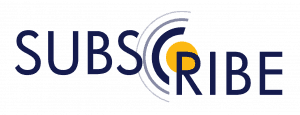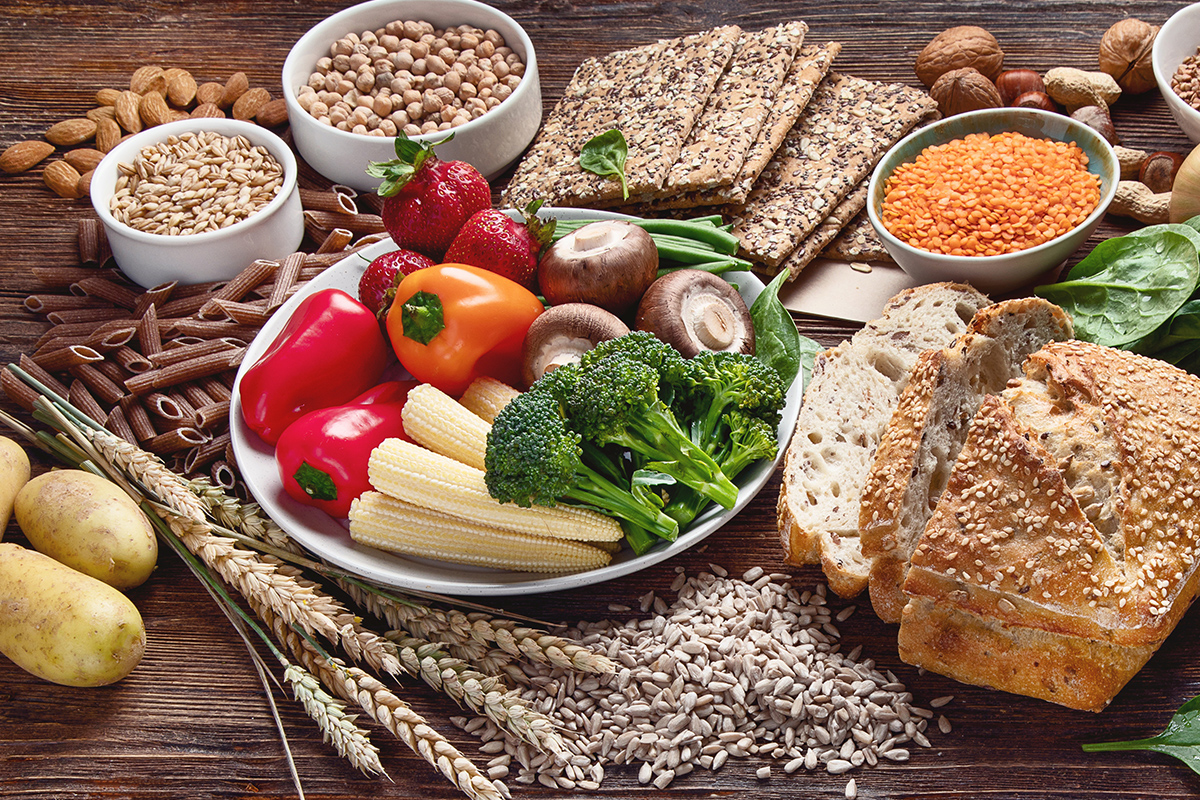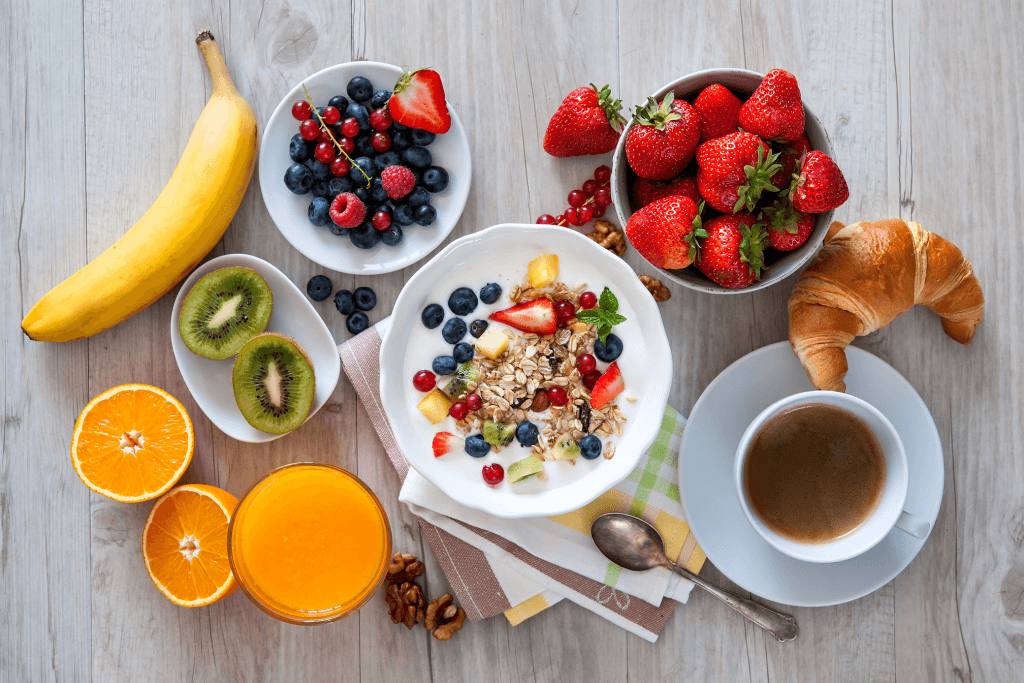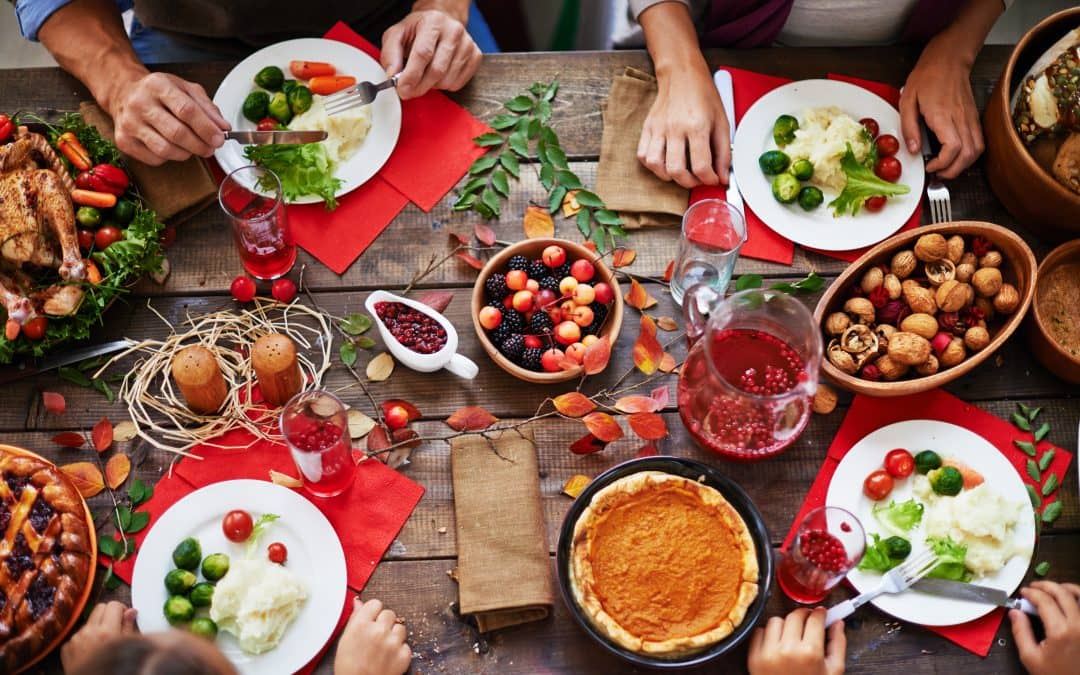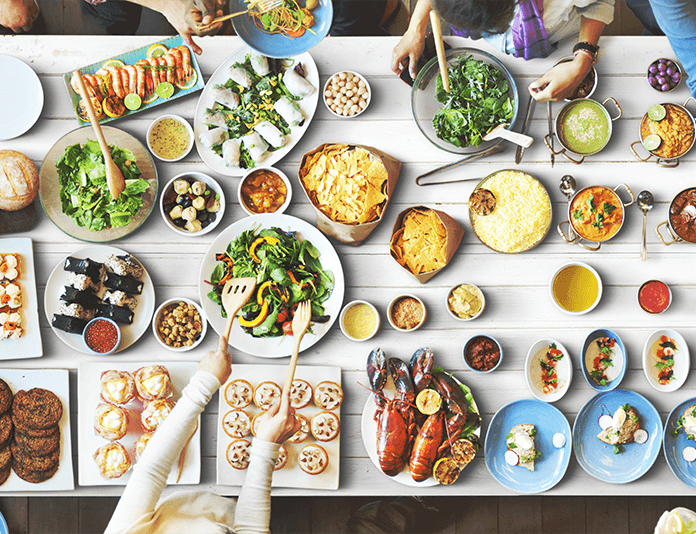Registered Dietitian, Debbie James, helps answer a reader’s question about adequate protein intake for weight loss and muscle gain.
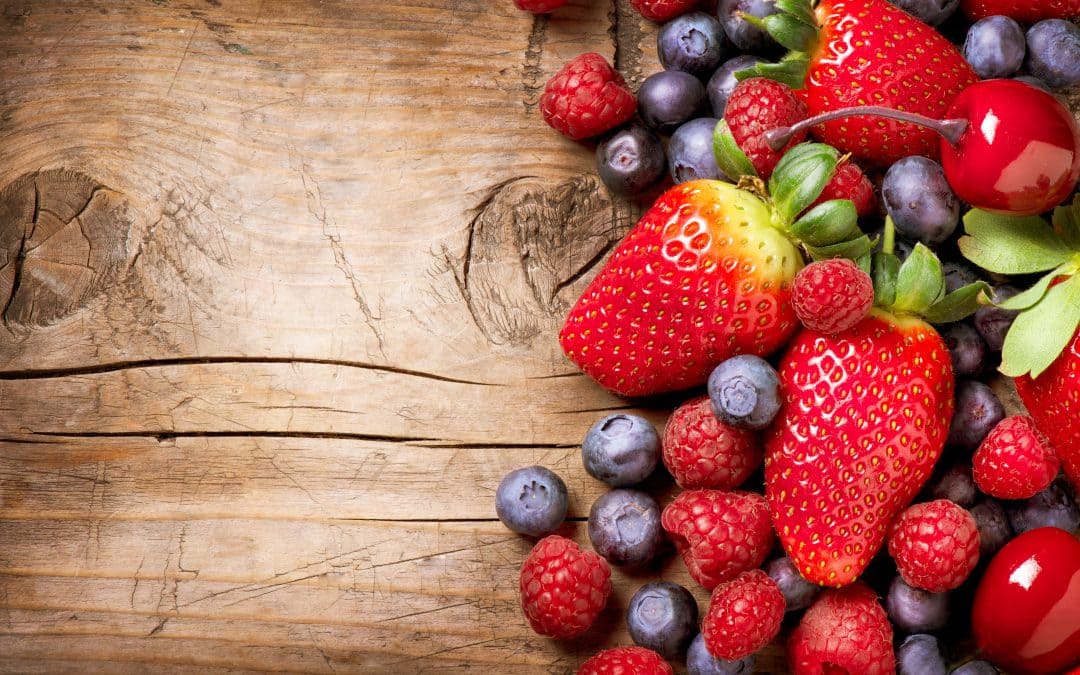
Which Fruits Contain the Most Sugar? | Q+A
Question:
My doctor said that I was a borderline diabetic, and that I need to cut down on some of the fruit I was eating at breakfast. The fruits I am eating are: strawberries, red grapes, cantaloupe, watermelon, pineapple, apple, banana, cherries (in season). I need to know the sugar content of each fruit or which fruit has the most sugar.
-Charlie C.
Answer:
Consider that if the serving is larger, you could get more sugar from any one of the fruits you’ve listed. Even with two amounts of fruit with the same weight, the sugar content varies due to density differences, or the amount of water and fiber contained in each fruit. A typical portion* of each fruit differs, as we’re accustomed to eating a certain amount. While you’re focusing on the sugar, you also need to consider the total carbohydrate as it all contributes to blood sugar.
For an equal volume of 1 cup of sliced fresh fruit, from highest to lowest sugar content:
- Red grapes – 104 calories, 27 gm Carb, 23 gm sugar
- Cherries (sweet) – 97 calories, 25 gm Carb, 20 gm sugar
- Banana – 134 calories, 34 gm Carb, 18 gm sugar
- Pineapple – 74 calories, 20 gm Carb, 14 gm sugar
- Cantaloupe – 52 calories, 13 gm Carb, 12 gm sugar
- Apple (w/skin) – 57 calories, 15 gm Carb, 11 gm sugar
- Watermelon – 46 calories, 11 gm Carb, 9 gm sugar
- Strawberries – 53 calories, 13 gm Carb, 8 gm sugar
* By serving size, based on usual consumption patterns:
- 3” apple – 95 Cals, 25 gm Carb, 19 gm sugar
- 1/16 watermelon — 86 Cals, 22 gm Carb, 18 gm sugar
- 15 cherries – 77 Cals, 20 gm Carb, 16 gm sugar
- 3/4” pineapple ring – 79 Cals, 21 gm Carb, 5 gm sugar
- 1 medium banana — 105 Cals, 27 gm Carb, 14 gm sugar
- 15 grapes – 51 Cals, 13 gm Carb, 11 gm sugar
- 10 large strawberries – 58 Cals, 14 gm Carb, 9 gm sugar
- 1/8 large cantaloupe – 35 Cals, 8 gm Carb, 8 gm sugar
CHERRIES have the most sugar in them comparatively, as they appear in the top 3 of each list. And the only fruit in the bottom 2 of each comparison with the lowest sugar — STRAWBERRY!
-Debbie J., MS, RD
All nutritional values taken from the USDA National Nutrient Database for Standard Reference Release 28
This article should not replace any exercise program or restrictions, any dietary supplements or restrictions, or any other medical recommendations from your primary care physician. Before starting any exercise program or diet, make sure it is approved by your doctor.
Want more? SUBSCRIBE to receive the latest Living Healthy articles right in your inbox!
Suggested Articles
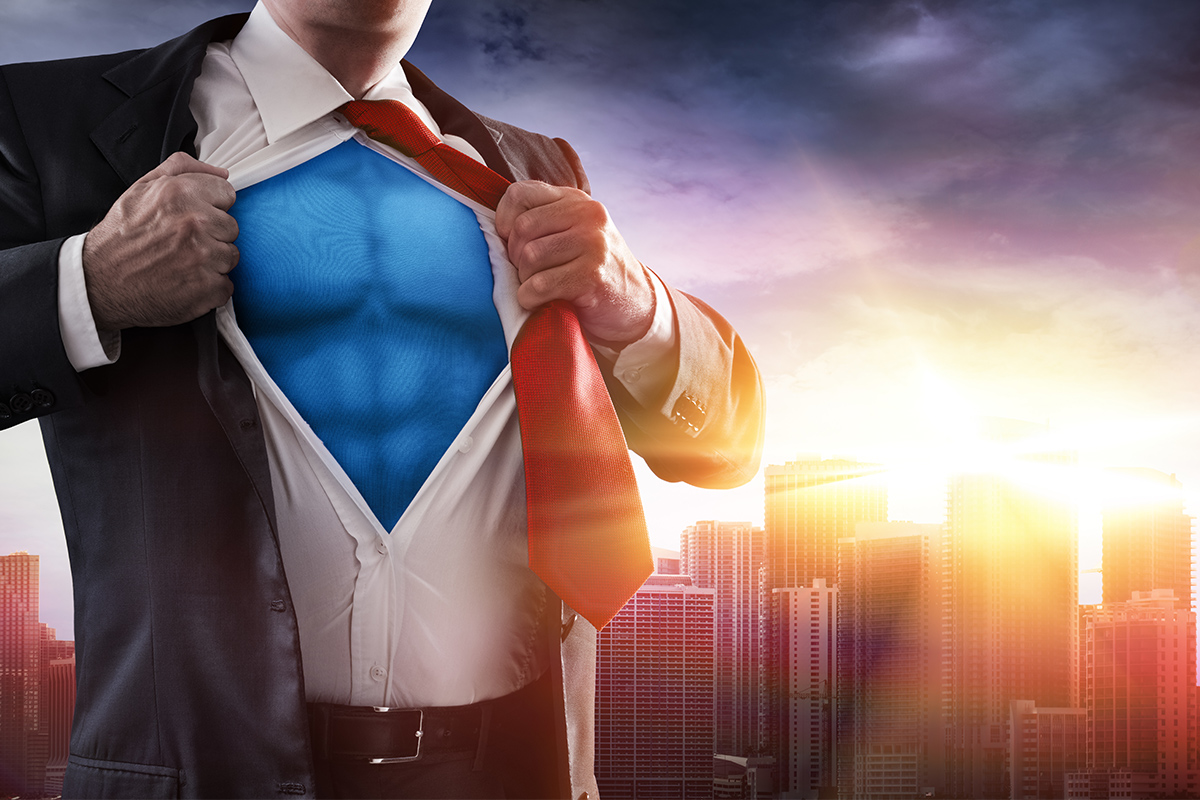
How to Build the Illusion of Broad Shoulders
We believe healthy bodies are the best bodies, but if you’re aiming for that V-shape, we’re spilling the secrets to how it’s done.

Body Types: The Ectomorph, Endomorph, and Mesomorph
Understanding your body type means you can take advantage of what you’re naturally built for. Click to read about the 3 body types!

